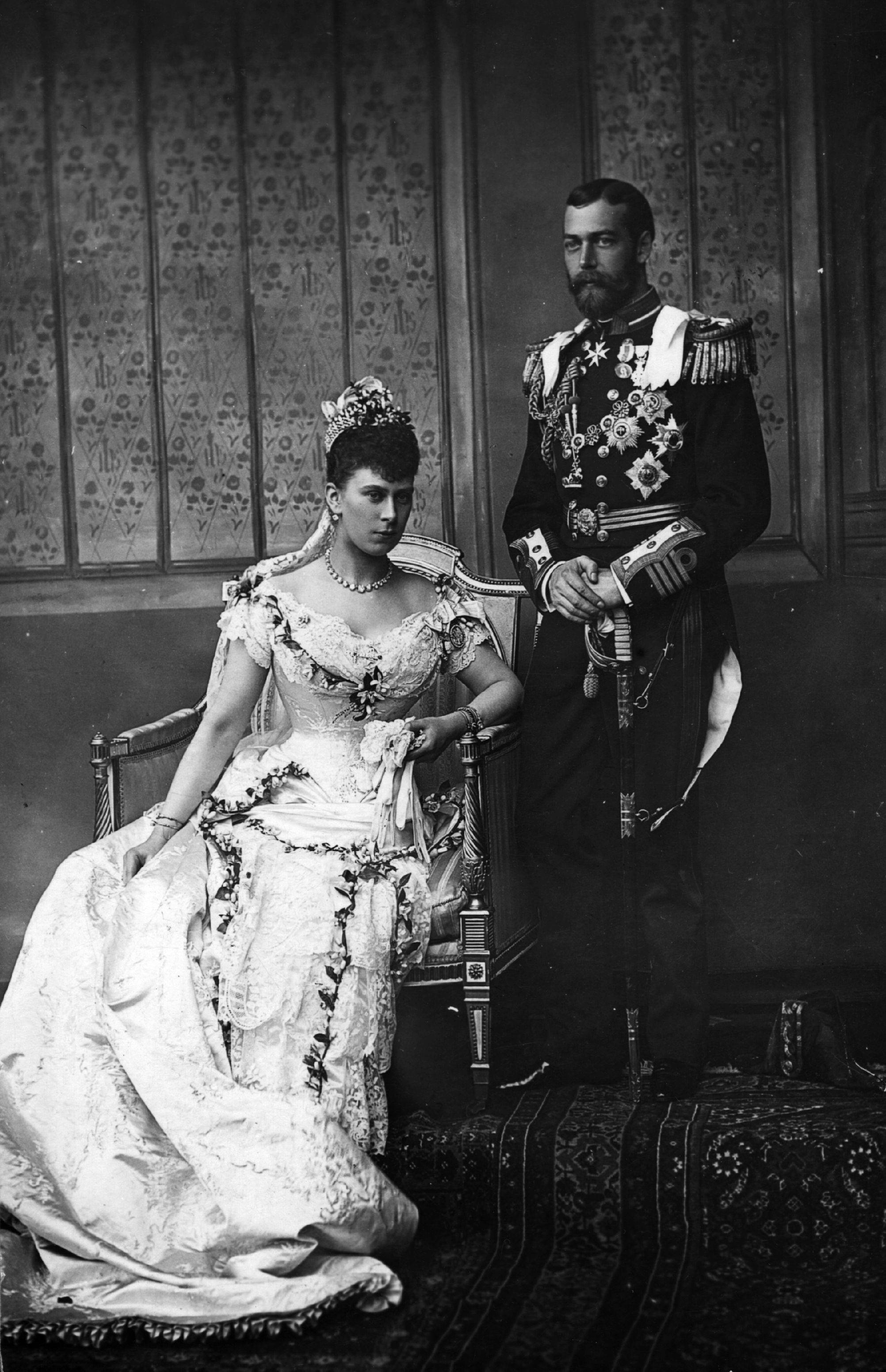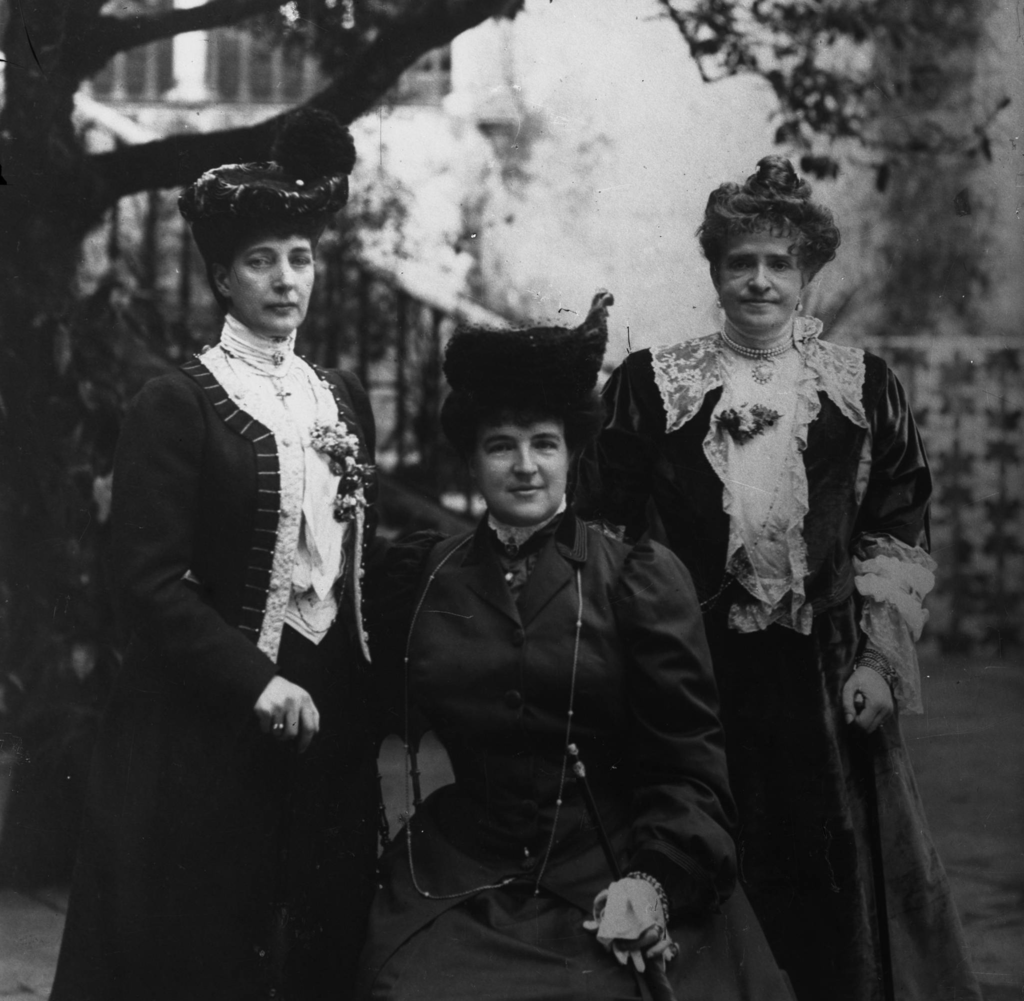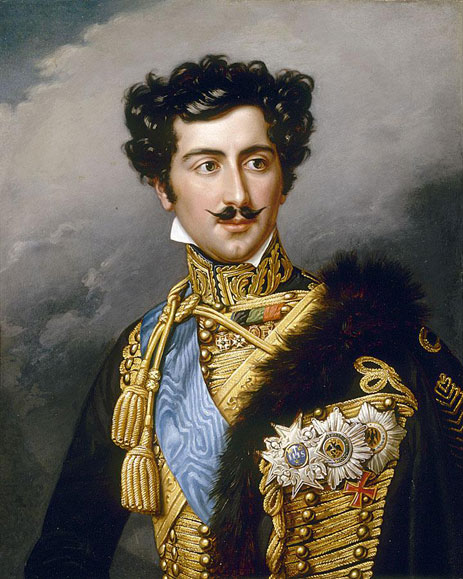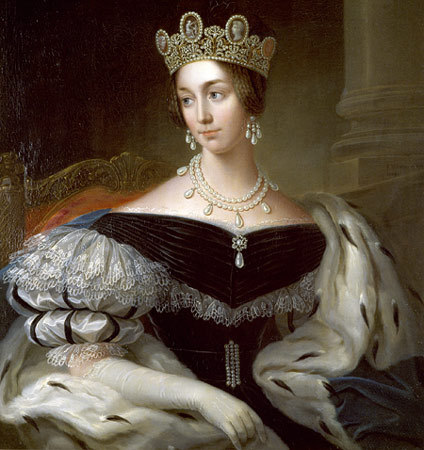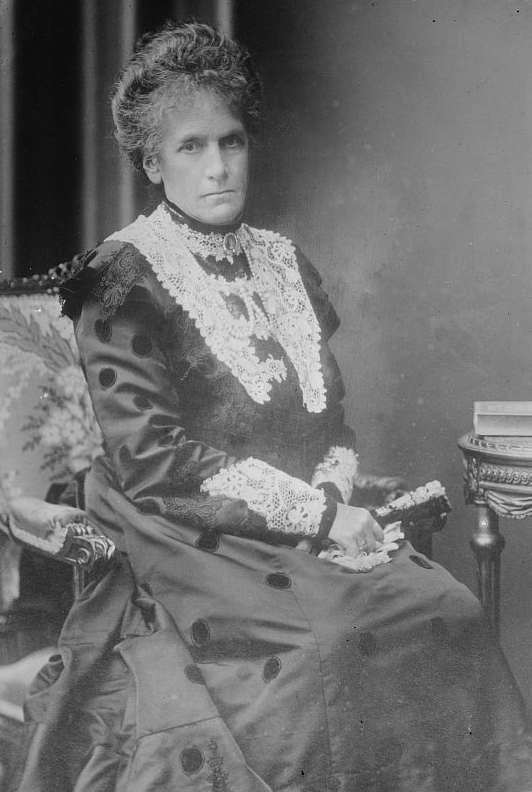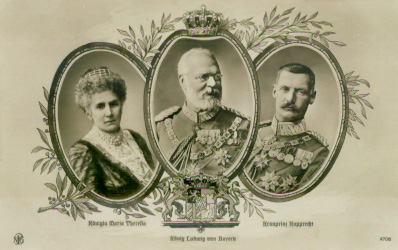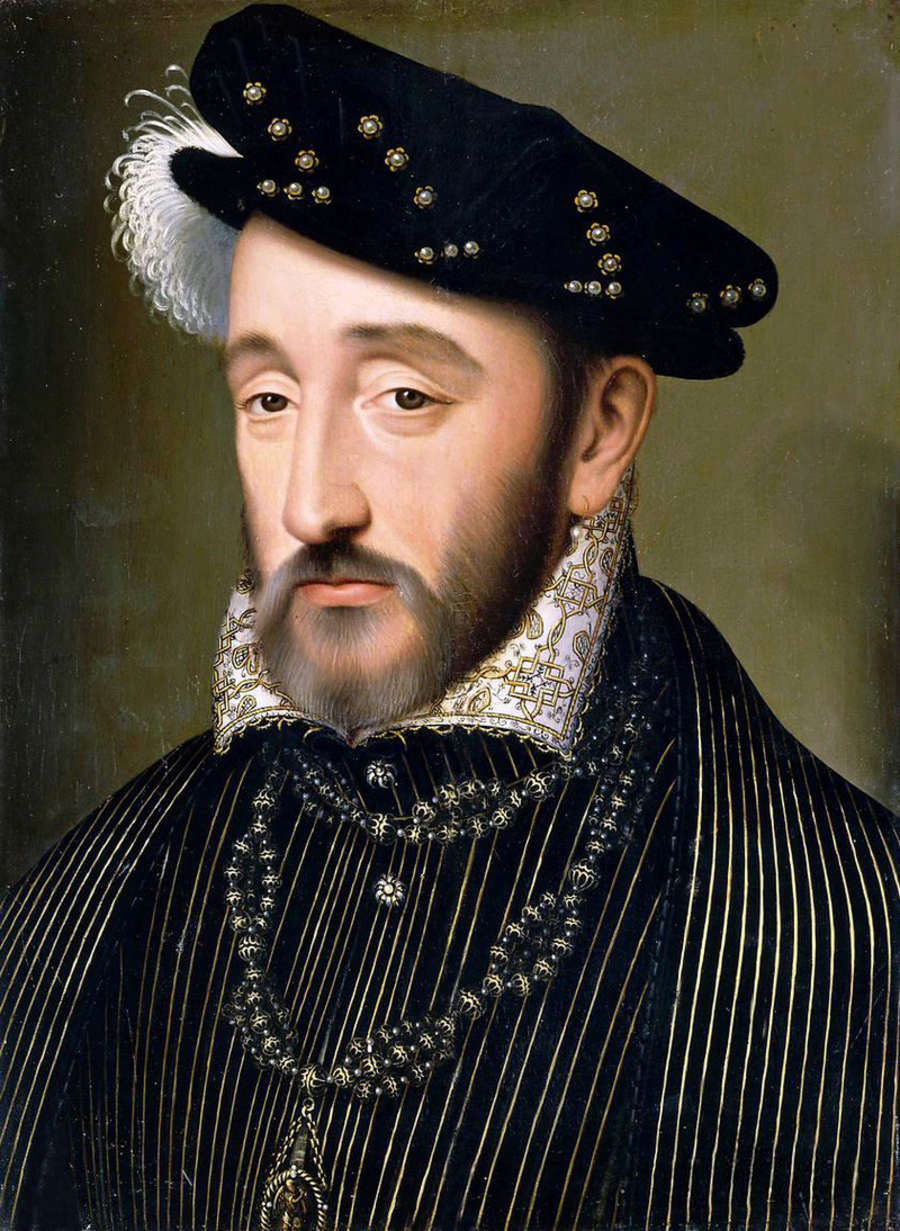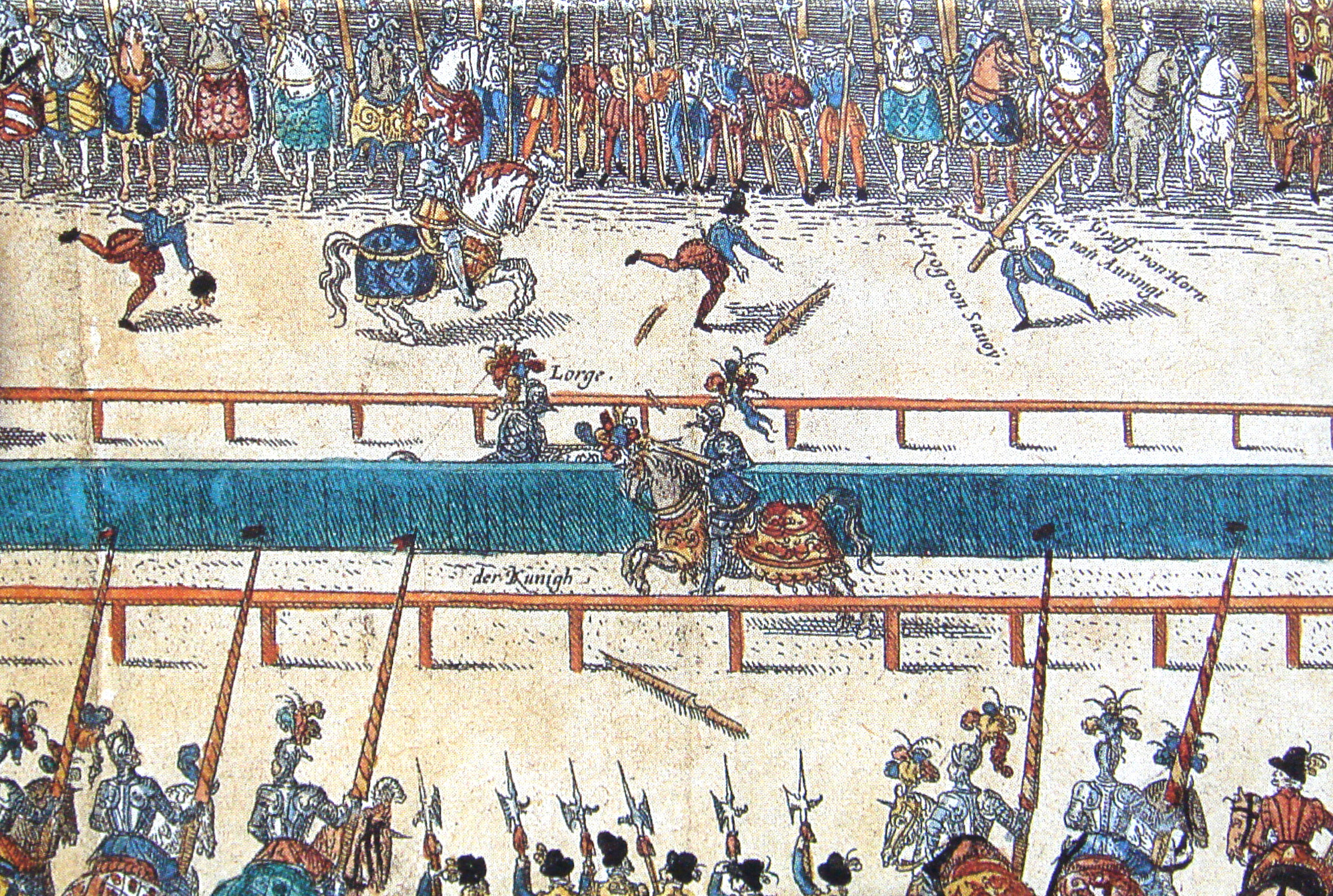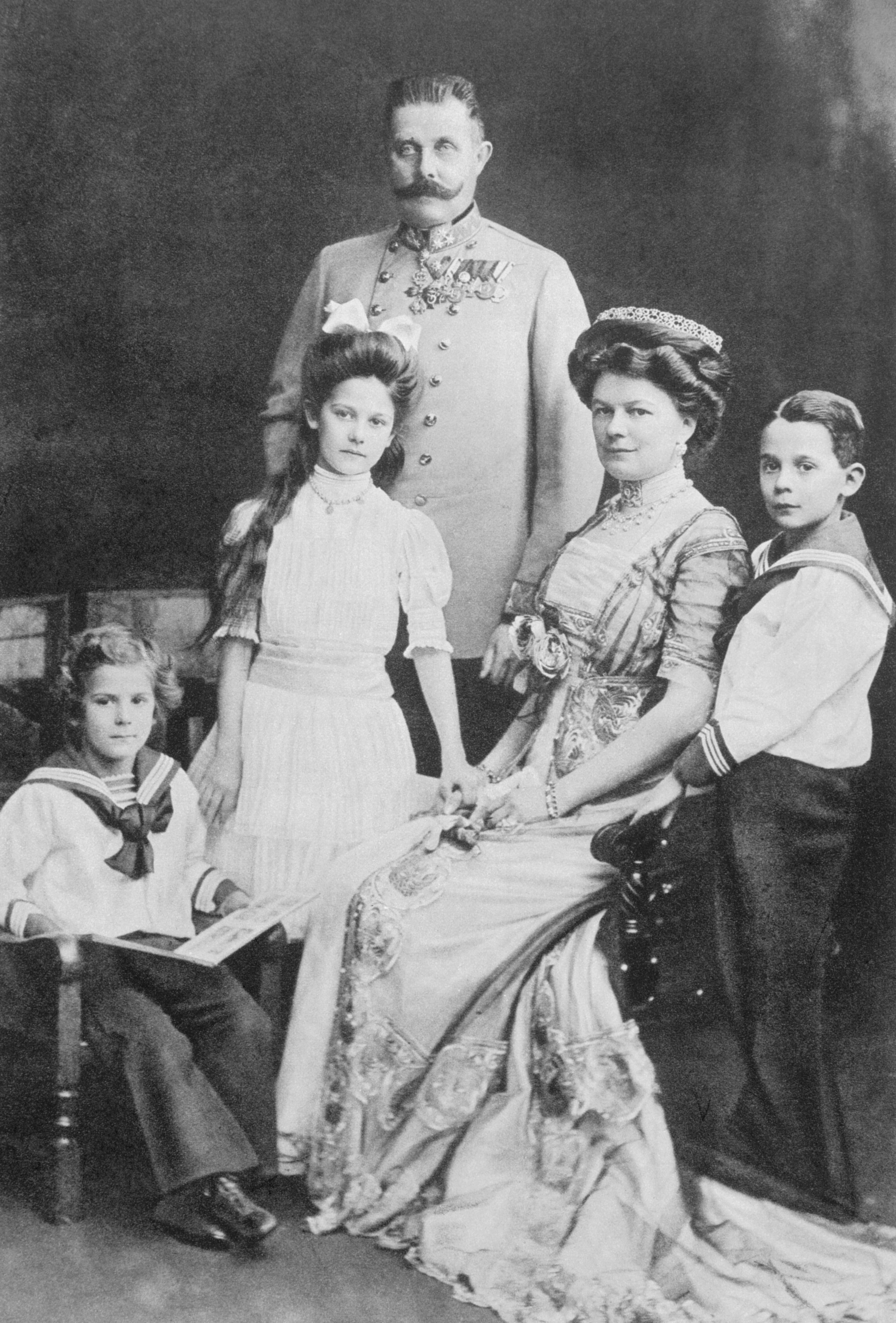by Susan Flantzer © Unofficial Royalty 2013
Prince Adolphus, Duke of Cambridge, Credit – Wikipedia
Adolphus Frederick was the youngest surviving and seventh of the nine sons and tenth of the fifteen children of King George III of the United Kingdom and Charlotte of Mecklenburg-Strelitz. Known in his family as Dolly, he was born on February 24, 1774, at the Queen’s House (formerly Buckingham House, now Buckingham Palace) in London. Through his granddaughter Queen Mary, Prince Adolphus is an ancestor of the British Royal Family.
The infant prince was christened Adolphus Frederick on March 24, 1774, in the Great Council Chamber at St James’s Palace by Frederick Cornwallis, Archbishop of Canterbury. His godparents were:
- Prince Johann Adolf of Saxe-Gotha-Altenburg (his great-uncle)
- Prince Karl of Hesse-Kassel (his first cousin once removed)
- Wilhelmina, Princess of Orange (born Wilhelmina of Prussia, wife of his first cousin-once-removed)

Prince Adolphus in 1782 by Thomas Gainsborough; Credit – Wikipedia
Adolphus had fourteen siblings:
- King George IV (1762 – 1830), married Caroline of Brunswick-Wolfenbüttel, had issue: Princess Charlotte of Wales who died in childbirth as did her child
- Prince Frederick, Duke of York (1763 – 1827), married Frederica of Prussia, no issue
- King William IV (1765 – 1837), married Adelaide of Saxe-Meiningen, no surviving legitimate issue, has illegitimate descendants
- Charlotte, Princess Royal (1766 – 1828), married King Friedrich I of Württemberg, no surviving issue
- Prince Edward, Duke of Kent (1767 – 1820), married Victoria of Saxe-Coburg-Saalfeld, had issue: Queen Victoria, present British Royal Family are his descendants
- Princess Augusta Sophia (1768 – 1840), never married, no issue
- Princess Elizabeth (1770 – 1840), married Friedrich, Landgrave of Hesse-Homburg, no issue
- King Ernest Augustus I of Hanover, Duke of Cumberland (1771 – 1851), married Friederike of Mecklenburg-Strelitz; had issue
- Prince Augustus Frederick, Duke of Sussex (1773 – 1843), married twice, both in contravention of the Royal Marriages Act of 1772 (1) Lady Augusta Murray, had issue, marriage annulled (2) Lady Cecilia Buggin (later 1st Duchess of Inverness), no issue
- Princess Mary (1776 – 1857), married Prince William Frederick, Duke of Gloucester, no issue
- Princess Sophia (1777 – 1848), never married, possible illegitimate issue
- Prince Octavius (1779 – 1783), died in childhood
- Prince Alfred (1780 – 1782), died in childhood
- Princess Amelia (1783 – 1810), never married, no issue

Queen Charlotte painted by Benjamin West in 1779 with her thirteen eldest children; Credit – http://www.royalcollection.org.uk
Until Adolphus was twelve years old, he was educated at home by tutors. He was then sent with his brothers Prince Ernest and Prince Augustus to the University of Göttingen in Germany, founded by his great-grandfather King George II. Adolphus became a Knight of the Garter in 1786 and was created Duke of Cambridge, Earl of Tipperary, and Baron Culloden in 1801. His son George succeeded him as Duke of Cambridge, but the title became extinct upon George’s death in 1904. In 2011, Adolphus’ great-great-great-great-grandson Prince William was created Duke of Cambridge upon his marriage.
Adolphus had a military career and his training started in 1791 when he was sent to Hanover with his brother Prince Ernest to study with the Hanoverian commander Field Marshal von Freytag. He participated in the Flanders Campaign in which he was wounded and captured but eventually rescued. Adolphus was promoted to Lieutenant-General in the Hanoverian Army and he commanded several brigades in action. He participated in the War of the Second Coalition against France. In 1803, he was appointed commander-in-chief of the newly formed King’s German Legion, a British Army unit of expatriate German personnel. Adolphus also served as colonel-in-chief of the Coldstream Regiment of Foot Guards (Coldstream Guards) and the 60th Regiment of Foot (The Duke of York’s Own Rifle Corps). In 1813, he was made a Field Marshal.

Adolphus, 1806; Credit – Wikipedia
Since the British Kings of the House of Hanover were also Kings of Hanover, someone was needed to represent them in Hanover. In 1816, Adolphus was appointed Governor-General of the Kingdom of Hanover. In 1831, his title changed to Viceroy. He was a capable and efficient ruler in Hanover and remained in that position until his niece Queen Victoria came to the British throne in 1837. Because Hanover followed the Salic Law that allowed only male succession through the male line, Queen Victoria could not become Hanover’s monarch. Instead, her eldest surviving paternal uncle, Prince Ernest, became King of Hanover.
After the tragic death in childbirth of Princess Charlotte of Wales, the only legitimate grandchild of King George III despite the king having twelve surviving children, the king’s aging bachelor sons needed to seek brides to provide for the succession. Adolphus was given the task of finding a bride for his elder brother Prince William, Duke of Clarence, the future King William IV. Princess Augusta of Hesse-Kassel was one of the princesses on his list. He wrote that Augusta “would make an ideal Queen of England”. Upon hearing this, William said it seemed Adolphus was in love with Augusta and wrote to his brother to take her for himself. By Christmas 1817, Adolphus and Augusta were engaged.
Prince Adolphus married Princess Augusta of Hesse-Kassel, a great-granddaughter of King George II, in Kassel, Landgraviate of Hesse-Kassel, now in Hesse, Germany, on May 7, 1818, and again at the Queen’s House (now Buckingham Palace) in the presence of Queen Charlotte on June 1, 1818. The groom was 44 and the bride was 20. Despite the age difference, the marriage was happy and Adolphus was very much in love with Augusta. The couple lived in Hanover from 1818 – 1837 while Adolphus served his father and then his two brothers, King George IV and King William IV, as Viceroy of Hanover. Upon their return to England, Adolphus and Augusta lived at Cambridge House and later at St. James’s Palace, both in London.

Augusta, Duchess of Cambridge, 1818 by William Beechey; Credit – Wikipedia
The couple had three children:
- Prince George, Duke of Cambridge (1819 – 1904); married Sarah Louisa Fairbrother, had issue (the marriage was in contravention of the Royal Marriages Act so it was not legal and the children of the marriage were illegitimate)
- Princess Augusta of Cambridge (1822 – 1916); married Friedrich Wilhelm, Grand Duke of Mecklenburg-Strelitz, had issue
- Princess Mary Adelaide of Cambridge (1833 – 1897); married Francis, Duke of Teck, had issue, including Mary of Teck, the wife of King George V of the United Kingdom
Prince Adolphus died “of cramps in the stomach” at Cambridge House in Piccadilly, London on July 8, 1850, at the age of 76. His niece Queen Victoria reported his death to her Uncle Leopold, King of the Belgians: “My poor good Uncle Cambridge breathed his last, without a struggle, at a few minutes before ten, last night.” He was buried in the Cambridge Mausoleum built following his death at St. Anne’s Church in Kew, London. Augusta survived her husband by 39 years, dying at age 91 in 1889. In 1930, their remains were removed from the mausoleum at St. Anne’s Church and interred in the Royal Vault in St. George’s Chapel, Windsor Castle at the request of their granddaughter Queen Mary.
This article is the intellectual property of Unofficial Royalty and is NOT TO BE COPIED, EDITED, OR POSTED IN ANY FORM ON ANOTHER WEBSITE under any circumstances. It is permissible to use a link that directs to Unofficial Royalty.




